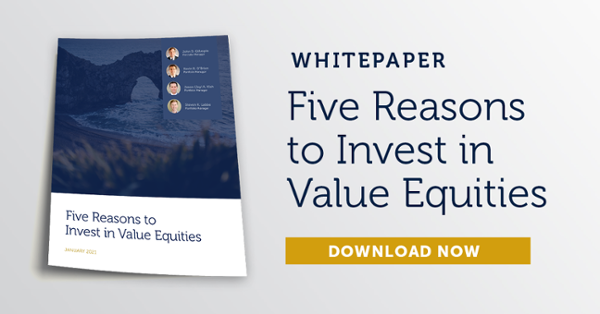The volatility of 2020 is still fresh in people’s minds.
On March 12th, 2020, the S&P 500 had it largest single-day percentage drop since the 1987 stock market crash, falling 9.5% in a single trading session.
This infamous record was short lived, as four days later on March 16th, the S&P 500 fell 12.0%.
These were memorable, stomach-churning losses, even for veteran investors. For clients who work outside the investment industry and are unfamiliar and uncomfortable with this type of extreme volatility, market swings of this nature can trigger emotional reactions and temptations to withdraw/liquidate positions.
But there are ways to take the edge off volatility.
As we had written in our commentaries and blogs, approaching equity investing with a focus on upside participation and downside risk mitigation is typically a sound strategy for compounding capital regardless of the economic environment.
Clients are often best served when their portfolio managers and advisors have them allocated in high-quality, value-oriented companies, such as those with strong balance sheets and robust free cash flow generation, which should be able to weather dips in the market.
Similarly, avoiding highly leveraged companies can pay off when liquidity dissipates and companies’ access to capital markets becomes more difficult. High quality, value-oriented stocks tend to participate during up-markets but can buffer volatility and limit downside losses when market sentiment takes a turn for the worse.
Interested in learning about 4 other powerful reasons to invest in value equities? Download our white paper, 5 Reasons to Invest in Value Equities, available below.


